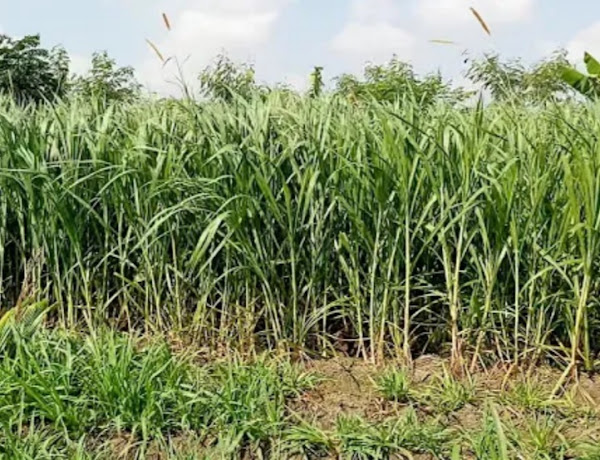Organic Arecanut Farming | Pit Preparation to Harvest Explained
To plant Arecanut in your farm, choose well-drained soil with good rainfall, dig pits of about 60 cm³, fill with topsoil and organic matter, and plant seedlings at 2.7 m × 2.7 m spacing. Keep the area shaded, irrigated, and free from waterlogging
Step-by-Step Guide to Planting Arecanut Palm:
Step 1: Climate & Soil Needs
Best growth occurs in warm, humid climates with temperatures between 15°C and 35°C.
Requires consistent rainfall throughout the year.
Prefers deep, fertile, well-drained soils such as laterite, red loam, or alluvial types.
Can be cultivated up to 1000 meters above sea level.
Step 2: Preparing the Site
Select a spot with partial shade and protection from strong winds.
Avoid low-lying areas where water may stagnate.
Dig pits measuring 60 × 60 × 60 cm during the dry season.
Refill pits with topsoil mixed with compost or farmyard manure to enrich fertility.
Step 3: Seedlings
Use healthy nursery-raised seedlings that are 6–12 months old.
Transplant them at the start of the monsoon for better establishment.
Step 4: Spacing & Layout
Standard spacing is 2.7 m × 2.7 m, which accommodates about 1360 palms per hectare.
In areas with heavy rainfall, spacing can be adjusted to reduce crowding.
Plant seedlings upright and press soil firmly around the roots.
Step 5: Care & Maintenance
Provide regular irrigation during dry months but prevent waterlogging.
Mulch with coconut husk, banana leaves, or dry grass to conserve moisture.
Apply organic manure annually and supplement with fertilizers as needed.
Shade young palms with intercrops like banana or papaya until they mature.
Monitor for pests (spindle bug) and diseases (bud rot).
Step 6: Growth & Yield
Palms begin producing nuts in 3 to 4 years.
With proper care, each palm can yield 2–3 kg of dry nuts annually.
https://youtu.be/QsMhkKS5Nk8


Comments
Post a Comment